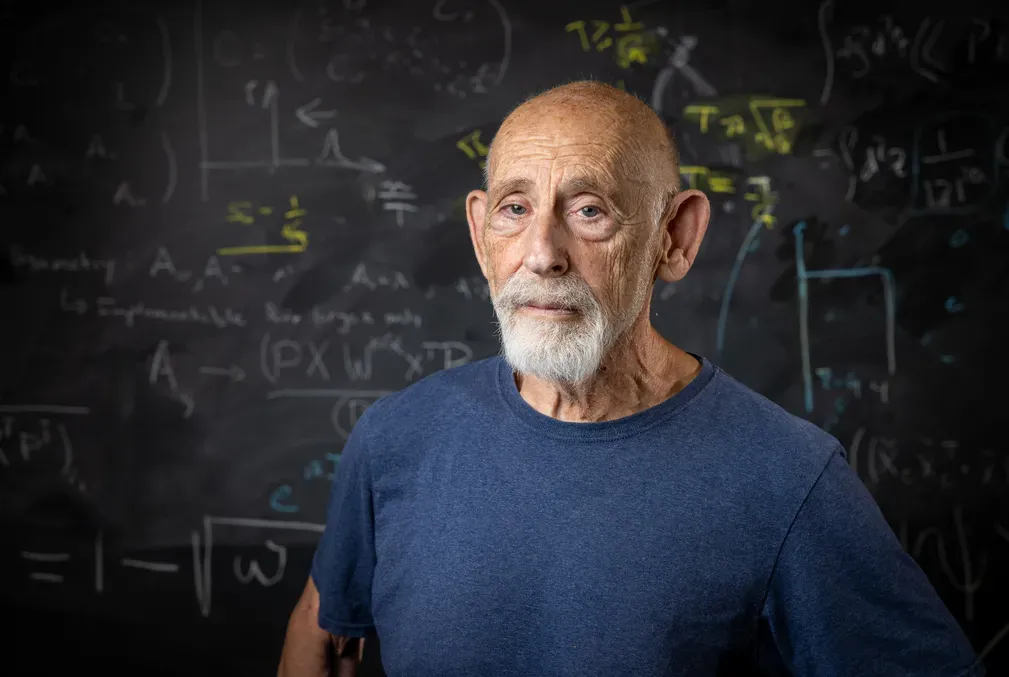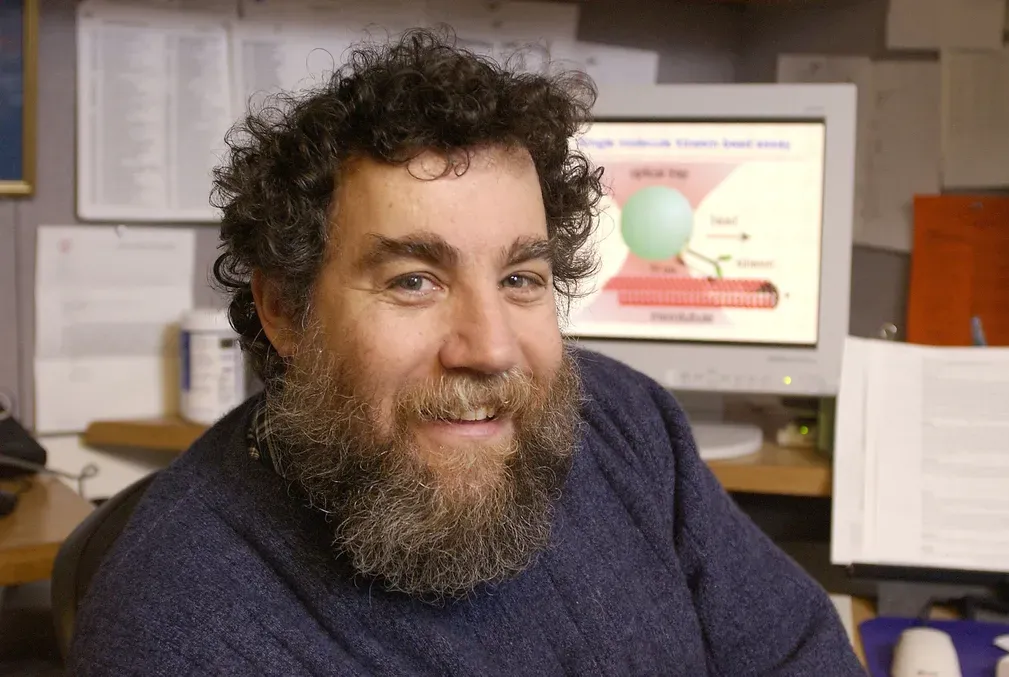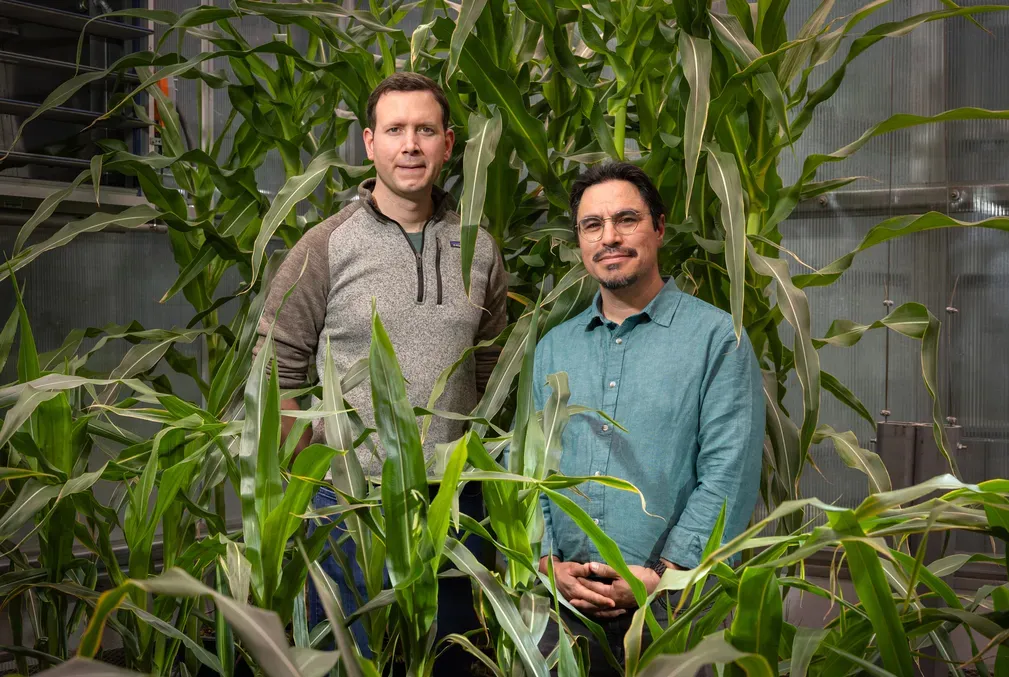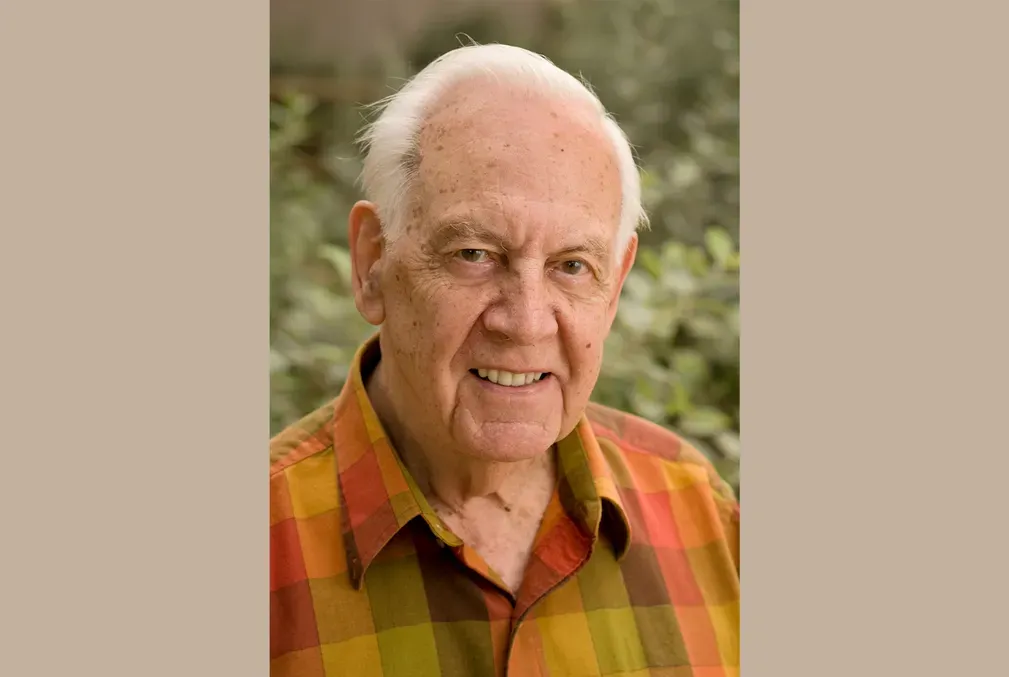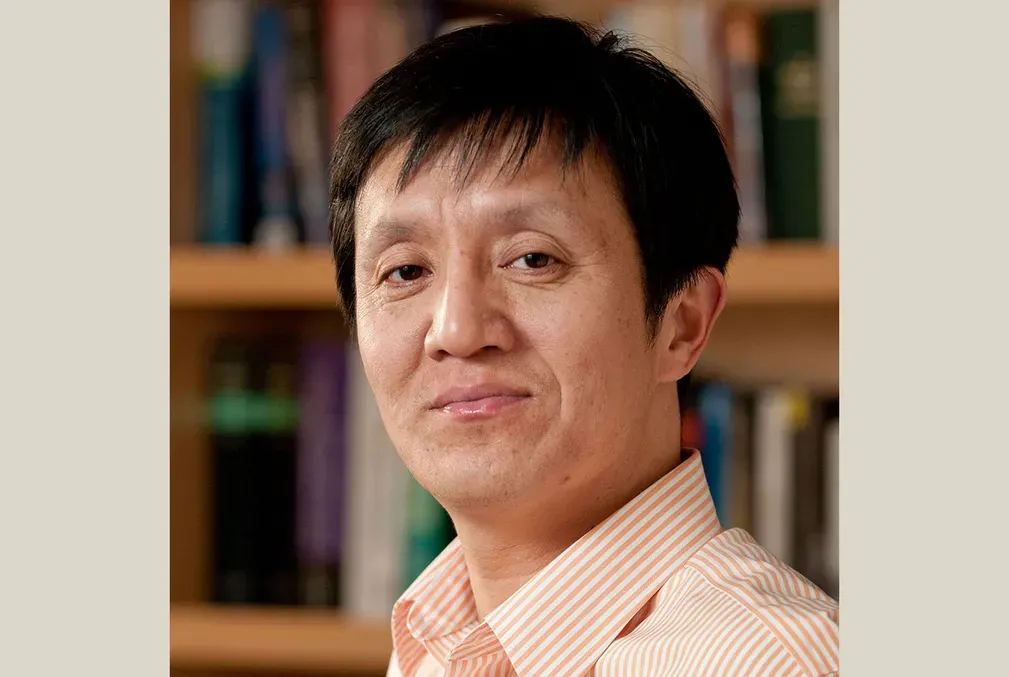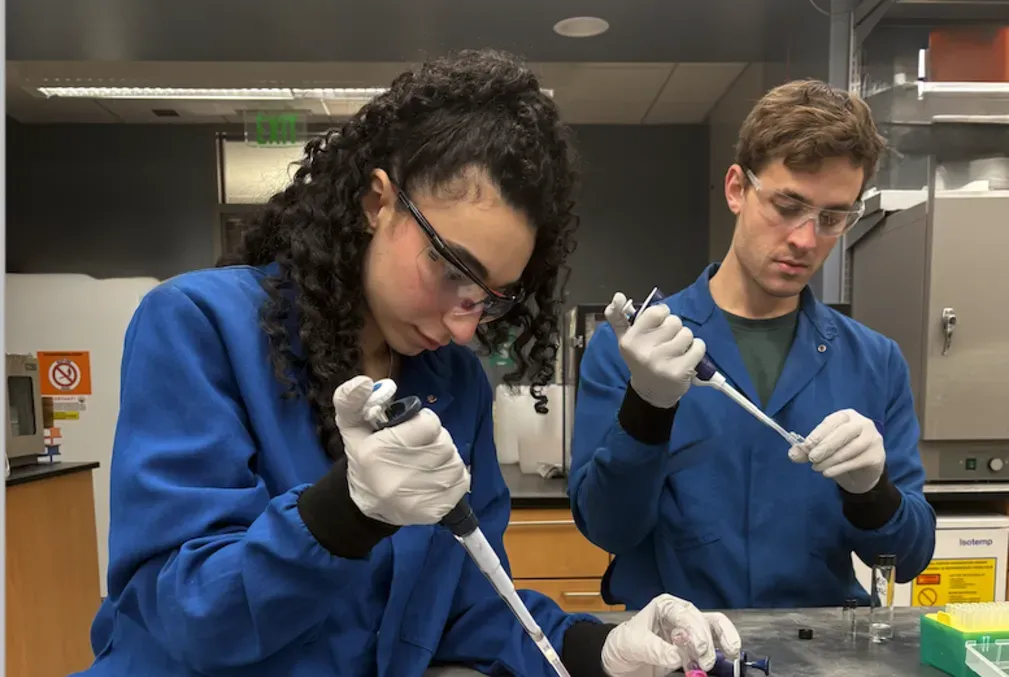Natural Sciences
Kabir Peay elected to the American Academy of Microbiology
Kabir Peay, professor in the Department of Biology in H&S and in the Department of Earth System Science in the Doerr School of Sustainability, has been elected to the 2025 class of fellows of the American Academy of Microbiology. Fellows are elected through a peer-review process based on their original contributions to the field of microbiology.
Photo by Andrew Brodhead/Stanford University

Stanford Statisticians Tackle COVID-19
This stories series presents three studies in the Department of Statistics addressing the coronavirus outbreak using different approaches: tracking genetic mutations in the coronavirus, developing a more practical approach to predictive modelling, and designing clinical trials of promising new treatments.

Is our universe one of many?
This five-part series tells the story of how theoretical physicists at Stanford helped develop the String Theory Landscape – and in the process sparked a fierce and still ongoing debate about what science is and what it should be.








